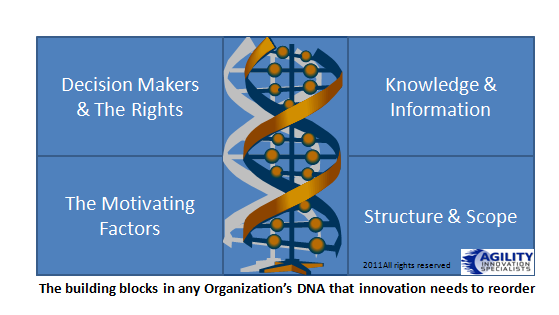Recently I was reminded about one of the most ambitious open innovation projects around- the Innovation Medicines Initiative- set up here in Europe. I think you will find this interesting to pick up upon.
Without doubt, this is one of the most highly ambitious and bold initiatives I’ve come across.
I think anyone seriously interested in the combination of open innovation, the use of a collaborative technology platform built around a novel new business model within such a highly competitive industry of Pharmaceuticals should watch this initiative with growing interest.
It can point to significant changes in the impact and contribution of innovation management.
From its initial concept inception in 2004 and 2005, with the IMI established in 2007 as a Joint Undertaking, it has operated as an autonomous body for approximately a little over two years as I understand it.
Here I provide a fairly concise outline of its evolution and what challenges it is currently facing. It still is too long but it provides the essentials (I hope) on an amazing and bold initiative here in Europe and is worth reading until the end-really!
Background to the Innovation Medicines Initiative (IMI)



